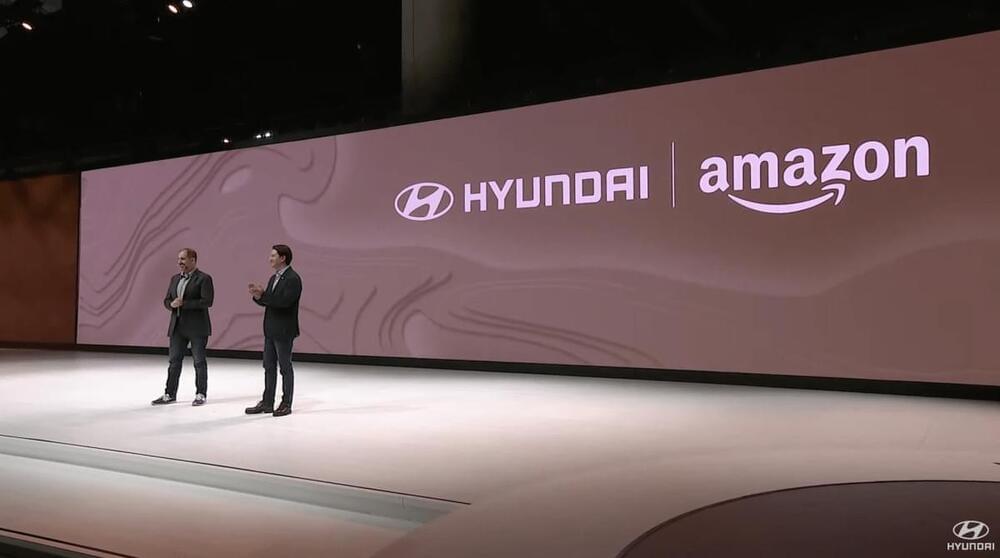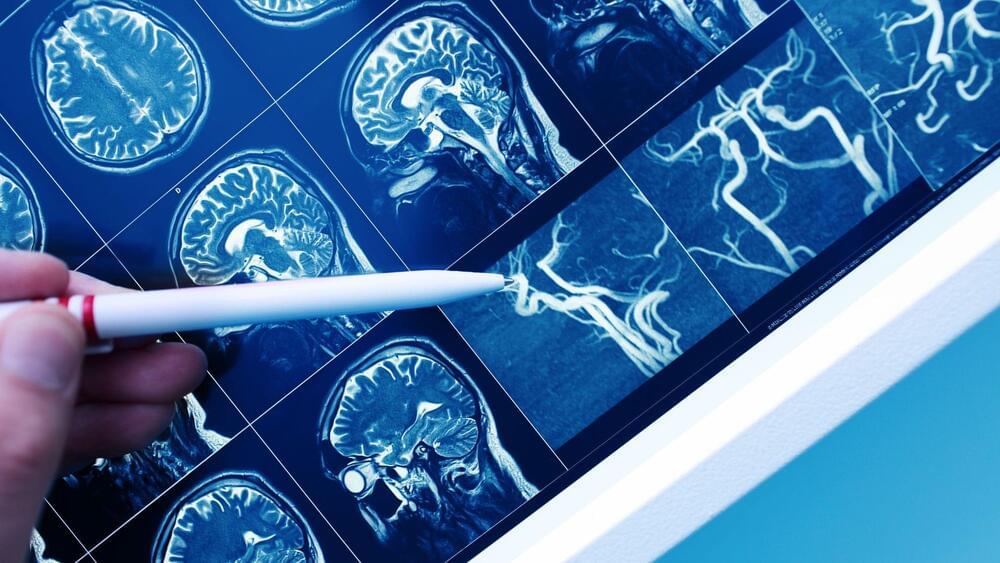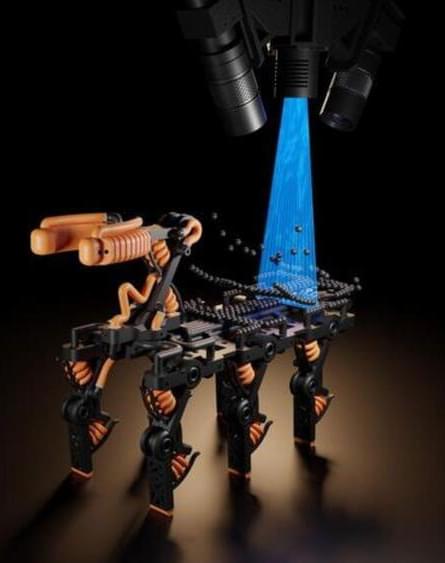Like “Avengers” director Joe Russo, I’m becoming increasingly convinced that fully AI-generated movies and TV shows will be possible within our lifetimes.
A host of AI unveilings over the past few months, in particular OpenAI’s ultra-realistic-sounding text-to-speech engine, have given glimpses into this brave new frontier. But Meta’s announcement today put our AI-generated content future into especially sharp relief — for me at least.
Meta his morning debuted Emu Video, an evolution of the tech giant’s image generation tool, Emu. Given a caption (e.g. “A dog running across a grassy knoll”), image or a photo paired with a description, Emu Video can generate a four-second-long animated clip.








